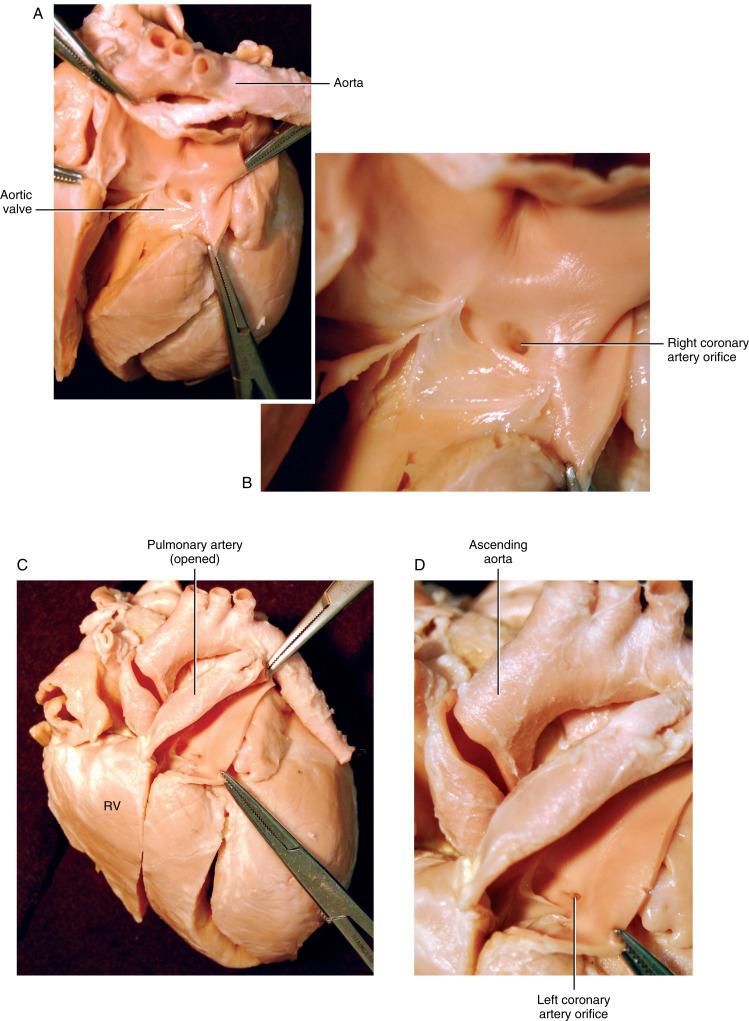Physical Address
304 North Cardinal St.
Dorchester Center, MA 02124
Anomalies of the coronary arteries include anomalous origin of the left or right coronary artery and abnormal course of the coronary arteries from the aorta to the surface of the heart. Here we discuss anomalous origin of the left coronary artery from the pulmonary artery. Congenital coronary arteriovenous fistula is a direct connection of the coronary artery to a cardiac chamber or to one of the major veins of the heart.

Become a Clinical Tree membership for Full access and enjoy Unlimited articles
If you are a member. Log in here